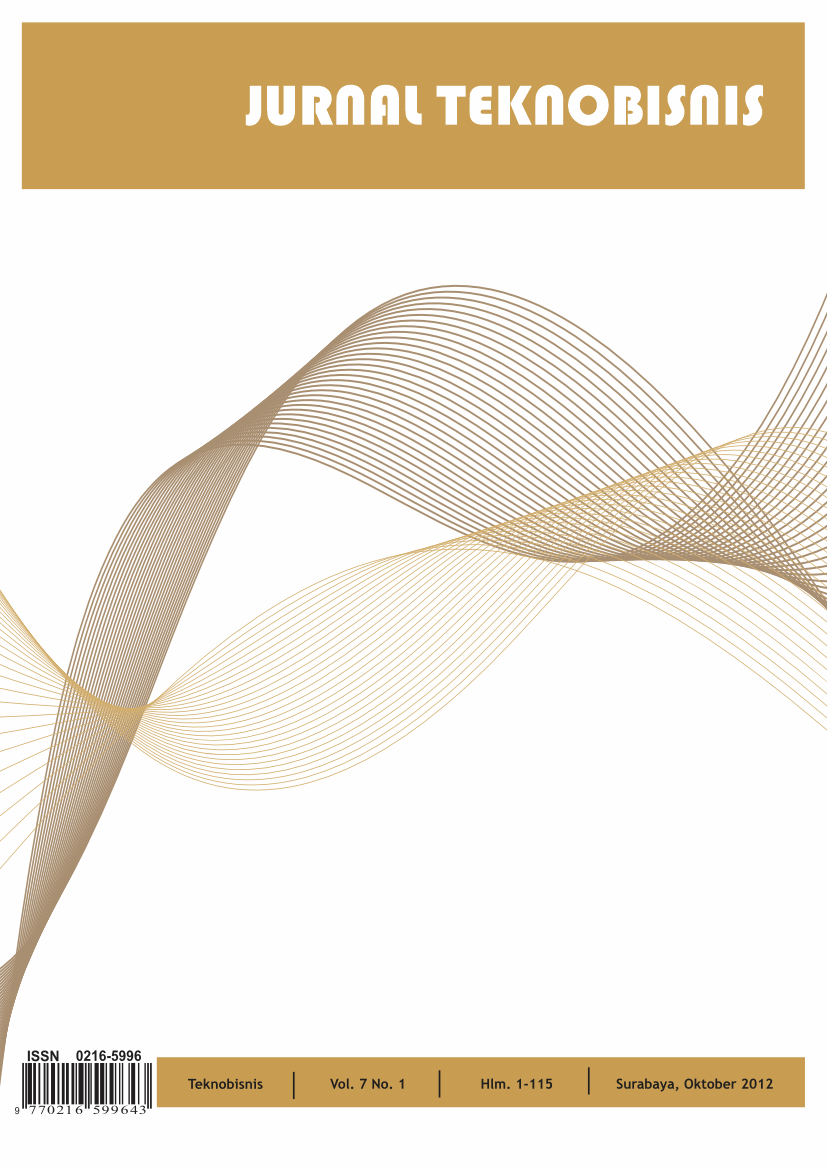Modeling Prediction of Sulfur Dioxide (SO2), Nitrogen Oxides (NOX) Emissions and Particulate from Coal-Fired Power Plant Using Machine Learning
DOI:
https://doi.org/10.12962/j24609463.v9i1.929Keywords:
Emission Prediction, Gradient Boosting, ANN, SVRAbstract
Coal-fired power plants remain a crucial source of electricity in meeting national energy demands, despite the environmental challenges posed by the emissions generated during coal combustion. Emission coal-fired power plants include Sulfur Dioxide, Nitrogen Oxides, particulate matter have negative impact to the environment. To mitigate these emissions, regular monitoring, and measurement of gas emissions, as well as the development of emission prediction models, are essential. Machine learning has emerged as a promising approach for predicting gas emissions. In this study, Gradient Boosting (GB), Artificial Neural Network (ANN), and Support Vector Regression (SVR) machine learning models are employed. Factors influencing SO2, NOx, and particulate matter emissions are obtained from Distributed Control System records of the boiler system, along with the gas emission control technologies, comprising a total of 19 independent variables. Optimization of the boiler system can contribute to the reduction of gas emissions. The analysis results, measured by RMSE, R Square, and MAE, indicate that Gradient Boosting yields the most accurate predictions for gas emissions and particulate matter.
Downloads
Downloads
Published
Issue
Section
License
Copyright (c) 2023 Rina Yani Lumban Gaol, Mohamad Atok

This work is licensed under a Creative Commons Attribution-ShareAlike 4.0 International License.
Copyright Transfer







